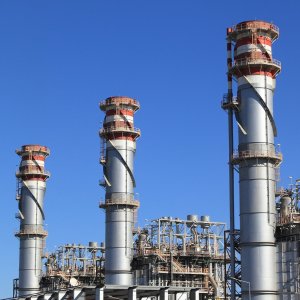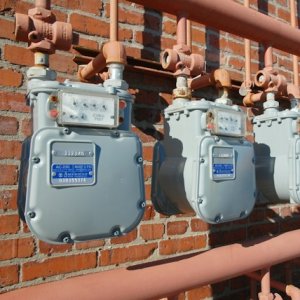Energy Storage: Power Outage Solution for Industrial Clients

STORY INLINE POST
Power outages are becoming an increasing concern in specific industrial areas in Mexico. Commercial and industrial buildings are experiencing blackouts that could consist of minutes or even seconds; however these blackouts account for great economic losses as well as damages in equipment.
Energy storage in the form of batteries is a solution already available in the market that is becoming attractive both financially and technically. Electricitybill savings can be achieved by load shifting and peak shaving, yielding payback periods that could range around the five-year threshold. These savings allow the commercial and industrial market to acquire assets that will have an attractive return rate and be able to use the additional benefits of avoiding blackouts while protecting valuable equipment from damages.
Most industrial and commercial customers’ utility bill charges are divided into two areas: energy usage, referring to the amount of KWh consumed during three time periods multiplied by a different price for each, and demand charges that usually consist of the maximum amount of power during a period of time measured in KW.
Savings by load shifting consist of moving the energy consumed in KWh during the highest time of use, usually called peak, to a lower cost time of use, such as intermediate or base. This is a benefit that batteries can achieve in hourly electric bills (most industrial and commercial customers have hourly electric bills with base, intermediate, and peak costs). Batteries will charge (KWh) during base or intermediate hours and will release the energy during the peak hours, hence shifting the load usage to minimize peak consumption. If there is a solar system installed, batteries will charge from the solar system and discharge during the highest hourly block.
Peak shaving is the second term commonly used in the industry and is the second category in which batteries create savings and impact demand charges. It consists of reducing the maximum demand charge (KW), an important category of hourly electric bills related to capacity and distribution costs. Peak shaving will reduce capacity and distribution costs ($/KW) and load shifting will reduce peak and intermediate consumption costs ($/KWh) maximizing efficiency and resulting in payback periods depending on the cost and size of the battery. If a solar system is installed, batteries can maximize the economic impact of the solar energy, which is mainly produced during the intermediate hour block.
Calculating energy savings from energy storage systems requires careful analysis. Financial viability will depend on the region where the system is located, the electric tariff and the customer’s energy consumption behavior and needs. Analysis of consumption patterns, tariff rates, load distribution, and charge and discharge needs will help determine the optimal battery equipment and its cost. For example, a company that has a very flat consumption might not be a great candidate for storage. The same is true for a candidate in a region without peak hourly charges all year.
Energy storage in the form of batteries has become a financially attractive trend primarily due to cost reduction, technology advancement and market evolution. Storage has been a trending topic for the past few years but its evolution has been complex as there are different applications that require diverse technologies. For the commercial and industrial market, solutions have evolved to create value today and the most predominant technology continues to be lithium-batteries.
Cost reduction has been a key component for the integration of energy battery systems and it is estimated their costs will continue to decline, reaching 33 percent by 2030, allowing for faster market acquisition.¹ As costs continue to fall, technology keeps advancing (creating more options for different term applications) and financial options start evolving, which is an important piece for industrial and commercial customers. Financial options that will allow savings without investment are available already for commercial and industrial customers, given the right conditions and attractive payback leases are a way to switch to this technology without affecting cash flows.
With the likelihood that power outages will continue and increase in Mexico in the short and midterm, in certain areas, energy storage is now an opportunity to ensure continuous energy to avoid equipment damage and without an initial investment.
*Source: Link, August 23, 2022.
























